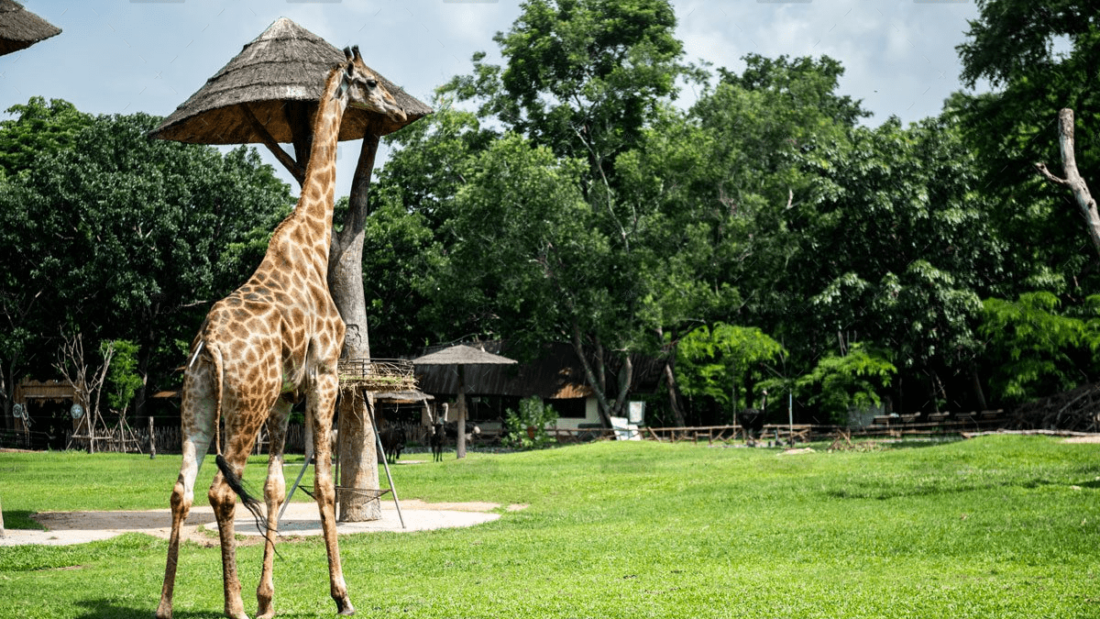A conservação da vida selvagem é um tema de extrema importância nos dias de hoje, pois muitas espécies enfrentam o risco de extinção. O impacto da atividade humana, como a destruição de habitats, a caça ilegal e as mudanças climáticas, tem levado muitas espécies ao declínio. Aqui está um artigo completo sobre alguns dos animais em extinção mais conhecidos, incluindo onde eles vivem e as ameaças que enfrentam.
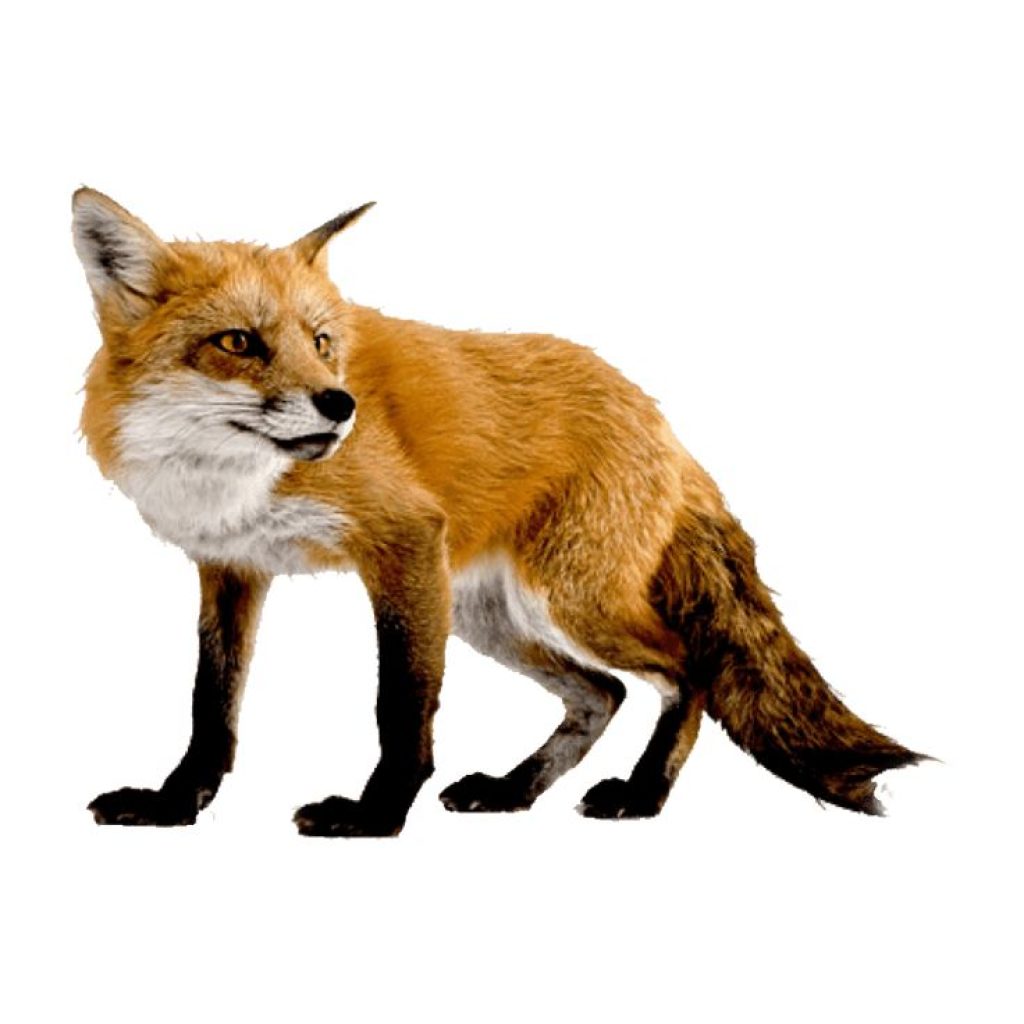
1. Panda Gigante (Ailuropoda melanoleuca)
Habitat: Florestas de bambu das montanhas de Sichuan, Shaanxi e Gansu, na China. Ameaças: Perda de habitat devido ao desmatamento e mudanças climáticas, além da baixa taxa de reprodução.
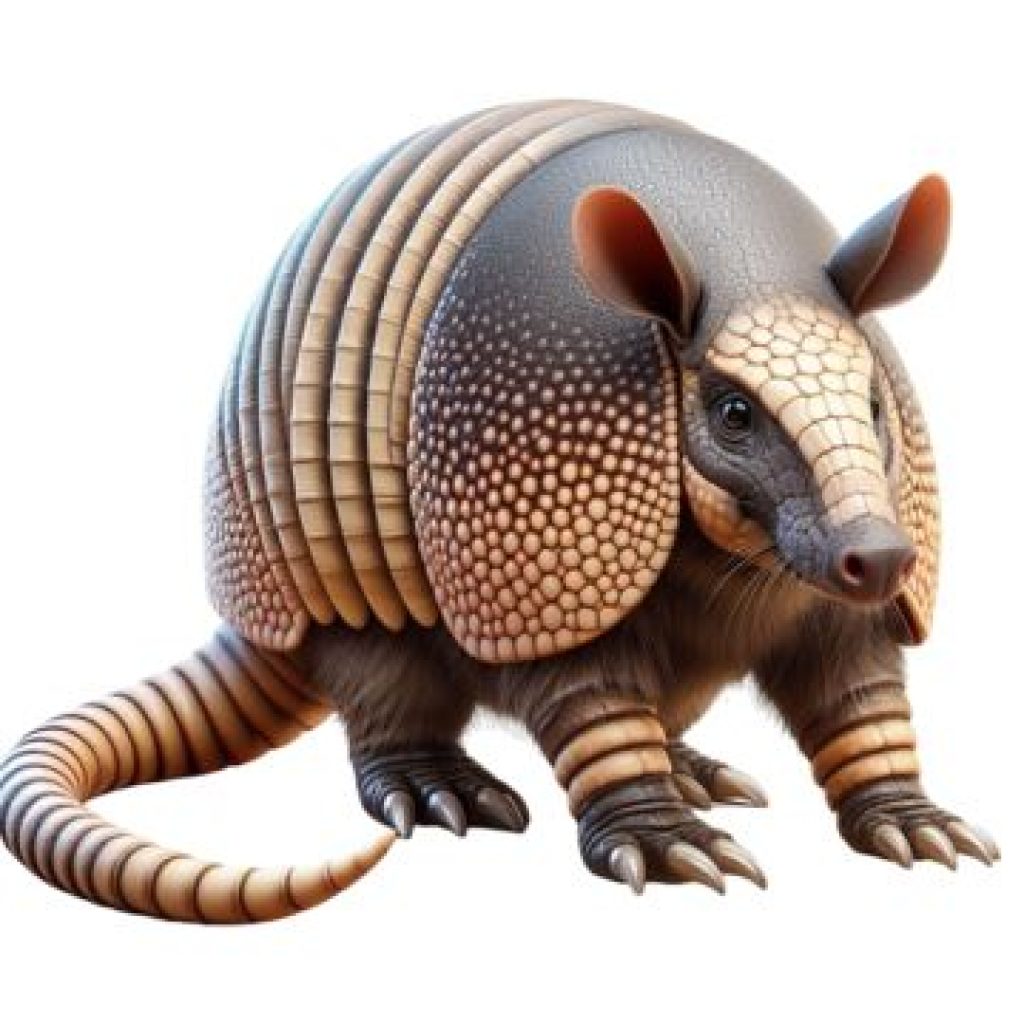

2. Elefante Asiático (Elephas maximus)
Habitat: Florestas tropicais e subtropicais da Ásia, incluindo Índia, Sri Lanka, Bangladesh, Myanmar, Tailândia, Laos, Camboja, Vietnã, Malásia e Indonésia. Ameaças: Perda de habitat, conflitos com humanos e caça ilegal pelo marfim.

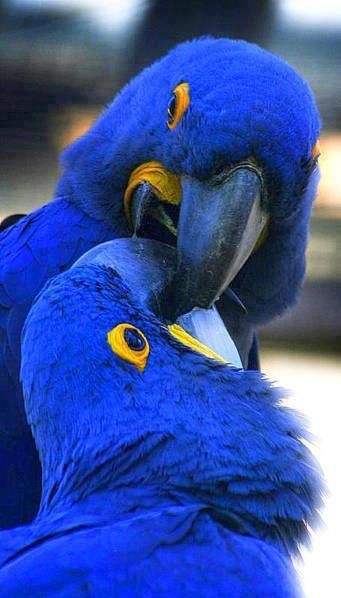
3. Rinoceronte-de-Java (Rhinoceros sondaicus)
Habitat: Florestas tropicais da Indonésia e Vietnã, atualmente limitado ao Parque Nacional Ujung Kulon, em Java, Indonésia. Ameaças: Caça ilegal e perda de habitat.
4. Tigre-de-Bengala (Panthera tigris tigris)


Habitat: Florestas densas, manguezais e pradarias da Índia, Bangladesh, Nepal, Butão e Mianmar. Ameaças: Perda de habitat, caça ilegal e conflitos com humanos.
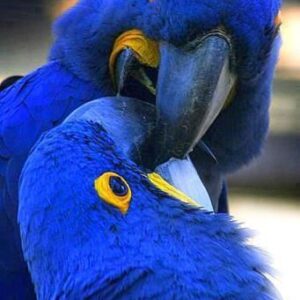


5. Gorila-das-Montanhas (Gorilla beringei beringei)
Habitat: Florestas montanhosas da República Democrática do Congo, Uganda e Ruanda. Ameaças: Desmatamento, caça furtiva e doenças transmitidas por humanos.


6. Tartaruga-de-Kemp (Lepidochelys kempii)
Habitat: Costas e oceanos tropicais e subtropicais, especialmente no Golfo do México. Ameaças: Captura acidental em redes de pesca, poluição e perda de habitat de nidificação.


7. Leopardo-das-neves (Panthera uncia)
Habitat: Montanhas da Ásia Central, incluindo as cordilheiras do Himalaia, Tian Shan, Altai e Hindu Kush. Ameaças: Caça ilegal, perda de habitat e declínio das presas naturais.


8. Saola (Pseudoryx nghetinhensis)
Habitat: Florestas densas da região de Annamite, no Vietnã e Laos. Ameaças: Caça furtiva e perda de habitat.

9. Golfinho-do-Rio Yangtzé (Lipotes vexillifer)
Habitat: Rio Yangtzé, na China. Ameaças: Poluição, captura acidental e perda de habitat devido à construção de barragens.


10. Araponga-do-nordeste (Procnias averano)
Habitat: Florestas tropicais úmidas do nordeste do Brasil. Ameaças: Desmatamento e fragmentação de habitat.



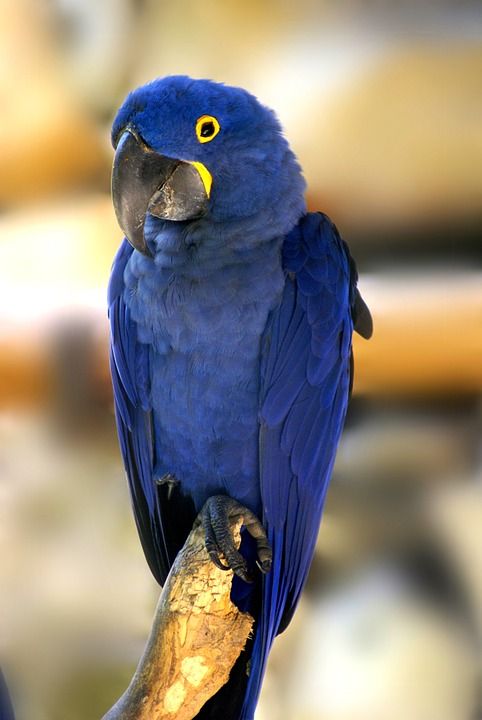
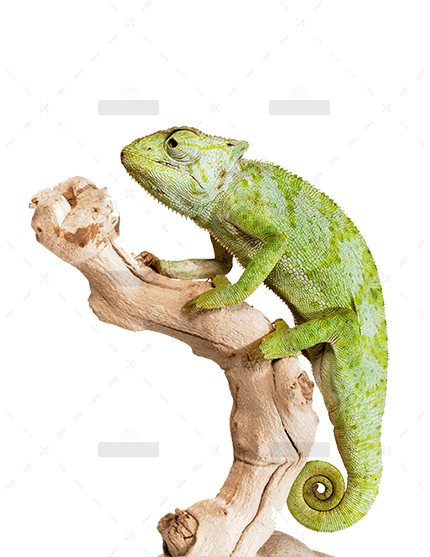
A Importância da Conservação
A conservação das espécies ameaçadas é essencial para manter a biodiversidade e a saúde dos ecossistemas. Cada espécie desempenha um papel único em seu habitat natural, e a perda de uma pode causar desequilíbrios significativos no ecossistema. Além disso, muitas espécies ameaçadas têm importância cultural e econômica para as comunidades locais.
Como Ajudar na Conservação
Existem várias maneiras de apoiar a conservação das espécies ameaçadas:
- Educação e Conscientização: Aprender sobre as espécies em extinção e compartilhar esse conhecimento com outras pessoas.
- Apoio a Organizações de Conservação: Doar para instituições que trabalham na preservação da vida selvagem e dos habitats naturais.
- Práticas Sustentáveis: Adotar práticas sustentáveis no dia a dia, como reciclagem, redução do uso de plásticos e consumo consciente de produtos de origem animal.
- Voluntariado: Participar de projetos de conservação e ajudar diretamente nos esforços de preservação.
Conclusão
A proteção das espécies ameaçadas de extinção é uma responsabilidade global que requer a colaboração de indivíduos, comunidades e governos. Ao nos educarmos e apoiarmos iniciativas de conservação, podemos ajudar a garantir um futuro para essas espécies incríveis e os ecossistemas dos quais elas dependem
